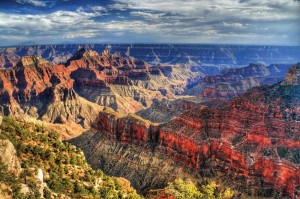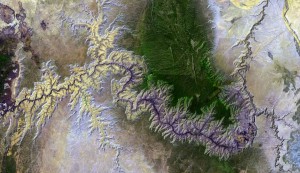 . . . a sculptor starts with a block of stone to arrive at a statue:
. . . a sculptor starts with a block of stone to arrive at a statue:
by chipping away what something isn’t,
you reveal the contours of what it is.
Robert Owens Scott
I know I’ve read the passage before (several times, in fact), but I’d never noticed the absurdity of one of the images painted in words there until my friend, Ali DeLeo, asked the question:
“How can a stone be living?
Aren’t stones dead?”
She was referring to 1 Peter 2:1-5, which we were studying at the Wednesday morning Bible Study that is part of the Our Daily Bread food and friendship breakfast ministry with the unhoused neighbors of Capitol Hill United Methodist in Washington, DC.
1 Rid yourselves, therefore, of all malice, and all guile, insincerity, envy, and all slander. 2 Like newborn infants, long for the pure, spiritual milk, so that by it you may grow into salvation— 3 if indeed you have tasted that the Lord is good. 4 Come to him, a living stone, though rejected by mortals yet chosen and precious in God’s sight, and 5 like living stones, let yourselves be built into a spiritual house, to be a holy priesthood, to offer spiritual sacrifices acceptable to God through Jesus Christ. (NRSV)
Without missing a beat, Rob Farley, who oversees Our Daily Bread, explained it in such an eloquent way that I could never fully write what he said, but here’s a brief summation.
 A living stone is one that is “willing” to be molded into another form. It is vulnerable, allowing another to shape it in a new way. One need only look at the snaking of the Colorado River in a satellite view of the Grand Canyon to see the “dead stone” that refused to yield to the water that was attempting to shape and use that which was stripped away for another purpose. And yet, the beauty of the canyon displays the living character of the stones that have been sculpted by the water.
A living stone is one that is “willing” to be molded into another form. It is vulnerable, allowing another to shape it in a new way. One need only look at the snaking of the Colorado River in a satellite view of the Grand Canyon to see the “dead stone” that refused to yield to the water that was attempting to shape and use that which was stripped away for another purpose. And yet, the beauty of the canyon displays the living character of the stones that have been sculpted by the water.
John 4:10-11 speaks of Christ as the source of living water. Yet, how often do we fail to yield to this life-giving source that seeks to turn us into living stones?
Of course, we often want to personalize this passage from 1 Peter, but as Fred Craddock and M. Eugene Boring are quick to point out in The People’s New Testament Commentary, this letter is not written to an individual, asking that person to become a living stone. It is written to a community believers that are being asked to be living stones to be built into a spiritual house – and more than that – a holy (set apart) priesthood that offers spiritual sacrifices.
Yet, how quick are we to leave a church or community we aren’t willing to work with? Maybe they are channeling the living water to us. Maybe we are to be the one to channel living water to them! (As an aside, the emphasis here is on quick as I recall Jesus calling disciples to shake the dust off their feet and move on if not heard – see Luke 10:1-12).
How quick are communities to turn their backs on those who would like to join because the “newbies” are different in some way: demographics (age, ethnicity, social standing, etc.), worship style, theology, way of doing things, etc?
As I think about the broader context of the passage in 1 Peter 2, we get some insights.
- We (as a community) are to grow into salvation. For a spiritual building to grow, sometimes walls have be moved and new walls built to incorporate what the Spirit is inviting us to include. Are we willing to allow growth and change?
- We (as a community) are to be a holy priesthood willing to sacrifice – ourselves, our wants, our pre-conceived notions, our traditions – for the community as a whole. Jesus sacrificed and accepted even though he was rejected. Are we willing to be vulnerable, to sacrifice and include (as opposed to rejecting) even if we are rejected?
Are we willing to be sculpted by God, letting the rock chips become pavement for others to find their way?
Are we willing to be eroded by living water, letting the dust become soil for another’s growth downstream?
Lord, give us the nourishment we need to become the people you have created us to be!

